NEW YORK SUBWAY THEN AND NOW
This compendium of New York subway photos spans four decades.
Back in the 1980s the New York subway system was in terrible shape: constant delays, trains being taken out of service, inaudible public address announcements, graffiti everywhere (some of it pretty good but most of it terrible). All of these conditions contributed to the sense that "no one was in charge" and to the perception of danger, including fear of crime. Of course, this perception was heightened by lurid tabloid headlines.
Whether the perception of danger and crime matched the reality I cannot say. But the situation certainly was a case study in how a degraded physical environment shapes public perceptions—and to some extent—leads to a self-fulfilling prophecy of heightened danger and disorder. In other words, the so-called "broken window" theory as applied to public transit.
Beginning in the late 1980s two things happened: the MTA was placed under new management and the agency received a lot of new money for capital projects, including new subway cars. The new management was given much credit for helping to turn around the system. The subway car graffiti disappeared in a matter of months around 1987—after blanketing almost every subway car for over ten years. The introduction of hundreds of new subway cars—and the resulting fewer breakdowns and their improved maintenance—made a huge difference in both perception and reality. Later, the introduction of public message boards for train schedules, train announcements in the cars and in stations emergency call phones in stations also contributed to a reassuring sense of order and control.
In recent years the drastic increase in homeless people on the subway undercut many of these positive perceptions. And the pandemic years interjected a whole new source of fear and danger that undercut much of the forward progress of the prior decades. During the pandemic years the dangers of the subway were not just visible but also invisible.
Today, the awful memories of the pandemic have receded. The subway is slowly regaining ridership. The recent introduction of congestion pricing -- with its promise of a new dedicated funding source for the subway -- offers hope for a brighter future for the subways.
Of course, the New York subways will never lose their edginess and grittiness. For many people, the inherent claustrophobia of a subway car—coupled with the inability to control with whom one travels each time the subway car doors open—establishes a baseline of fear. Lurid headlines of subway crime feed this perception—no matter how statistically insignificant the perceived reality may actually be.
Riding the New York subway is a rorschach test of one's innermost feelings about fear, danger, control and ultimately about humanity itself. It is hoped that these photos offer some insight into the complex interplay of emotions that arise in this unique physical environment.
Back in the 1980s the New York subway system was in terrible shape: constant delays, trains being taken out of service, inaudible public address announcements, graffiti everywhere (some of it pretty good but most of it terrible). All of these conditions contributed to the sense that "no one was in charge" and to the perception of danger, including fear of crime. Of course, this perception was heightened by lurid tabloid headlines.
Whether the perception of danger and crime matched the reality I cannot say. But the situation certainly was a case study in how a degraded physical environment shapes public perceptions—and to some extent—leads to a self-fulfilling prophecy of heightened danger and disorder. In other words, the so-called "broken window" theory as applied to public transit.
Beginning in the late 1980s two things happened: the MTA was placed under new management and the agency received a lot of new money for capital projects, including new subway cars. The new management was given much credit for helping to turn around the system. The subway car graffiti disappeared in a matter of months around 1987—after blanketing almost every subway car for over ten years. The introduction of hundreds of new subway cars—and the resulting fewer breakdowns and their improved maintenance—made a huge difference in both perception and reality. Later, the introduction of public message boards for train schedules, train announcements in the cars and in stations emergency call phones in stations also contributed to a reassuring sense of order and control.
In recent years the drastic increase in homeless people on the subway undercut many of these positive perceptions. And the pandemic years interjected a whole new source of fear and danger that undercut much of the forward progress of the prior decades. During the pandemic years the dangers of the subway were not just visible but also invisible.
Today, the awful memories of the pandemic have receded. The subway is slowly regaining ridership. The recent introduction of congestion pricing -- with its promise of a new dedicated funding source for the subway -- offers hope for a brighter future for the subways.
Of course, the New York subways will never lose their edginess and grittiness. For many people, the inherent claustrophobia of a subway car—coupled with the inability to control with whom one travels each time the subway car doors open—establishes a baseline of fear. Lurid headlines of subway crime feed this perception—no matter how statistically insignificant the perceived reality may actually be.
Riding the New York subway is a rorschach test of one's innermost feelings about fear, danger, control and ultimately about humanity itself. It is hoped that these photos offer some insight into the complex interplay of emotions that arise in this unique physical environment.
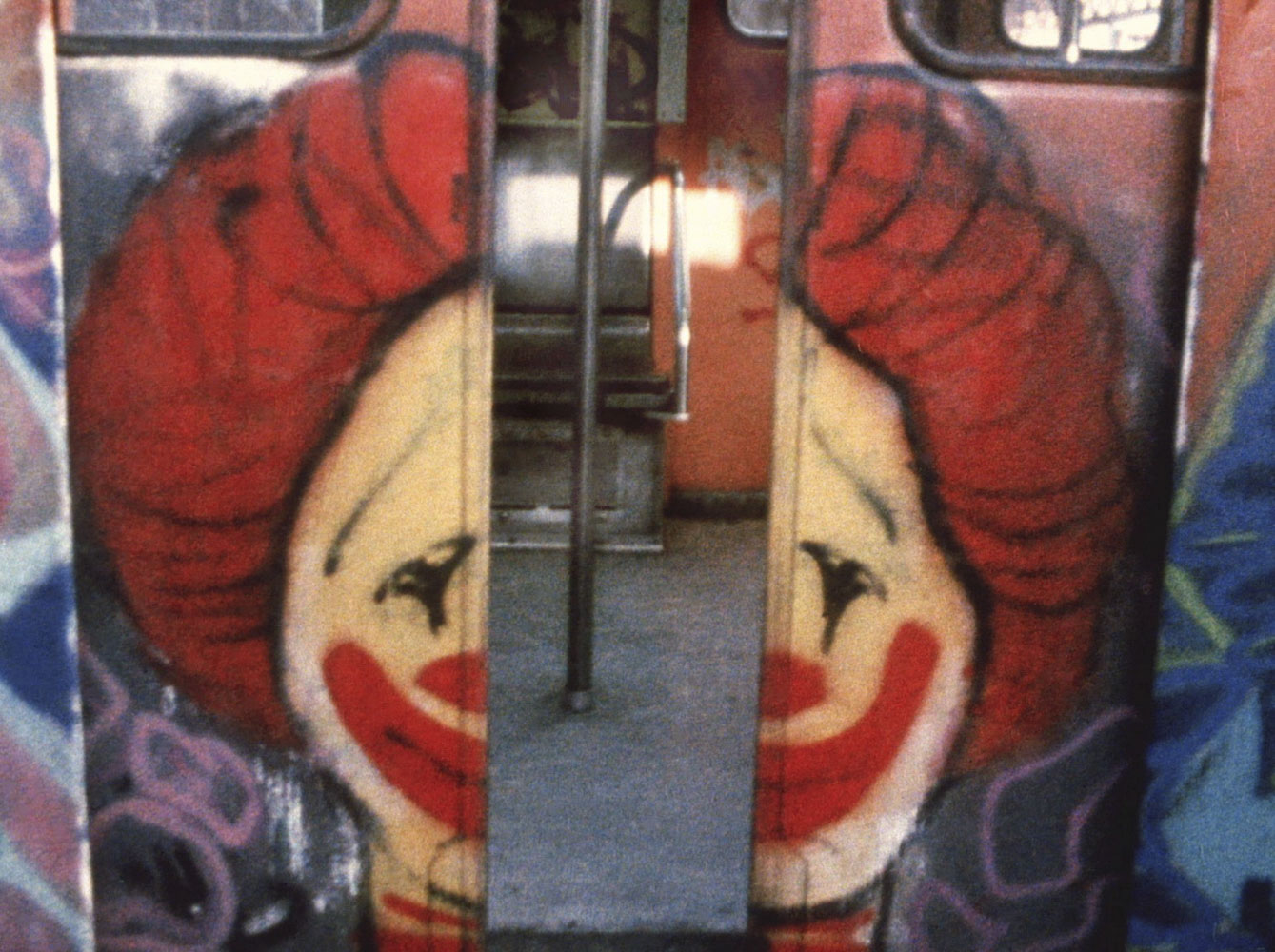
NY in the 80s 4631 / 34
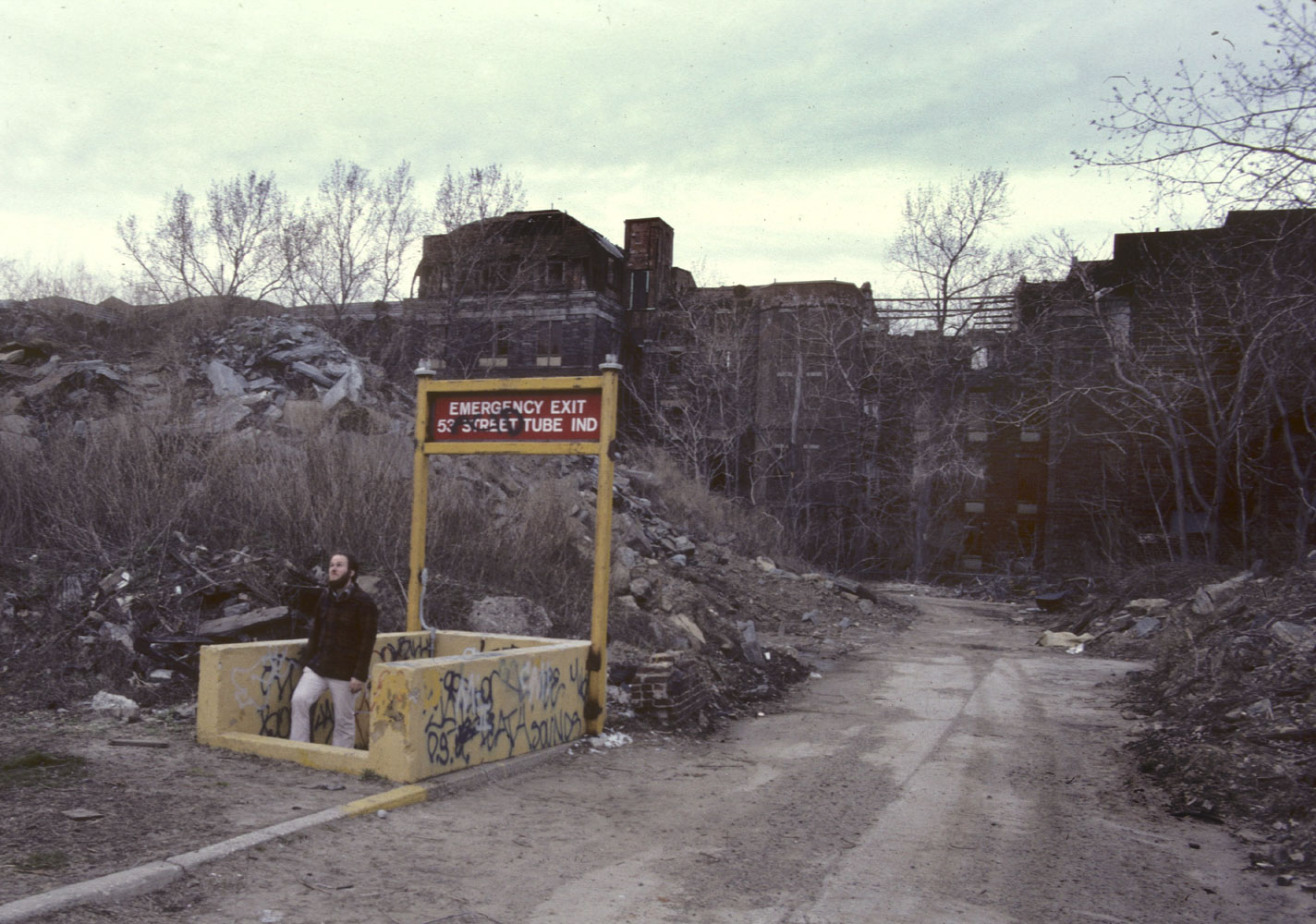
NY in the 80s 3152 / 34

NY in the 80s 753 / 34
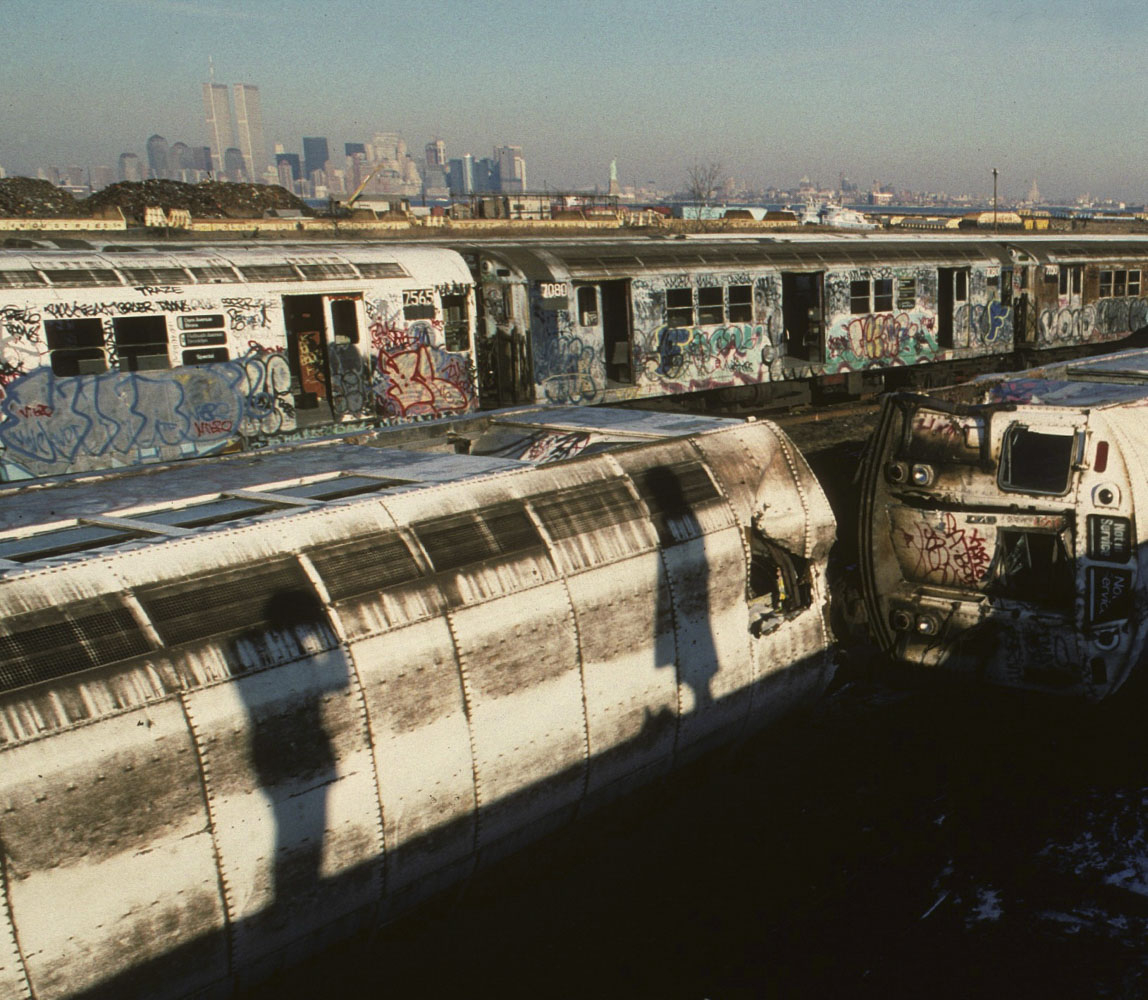
NY in the 80s 3004 / 34
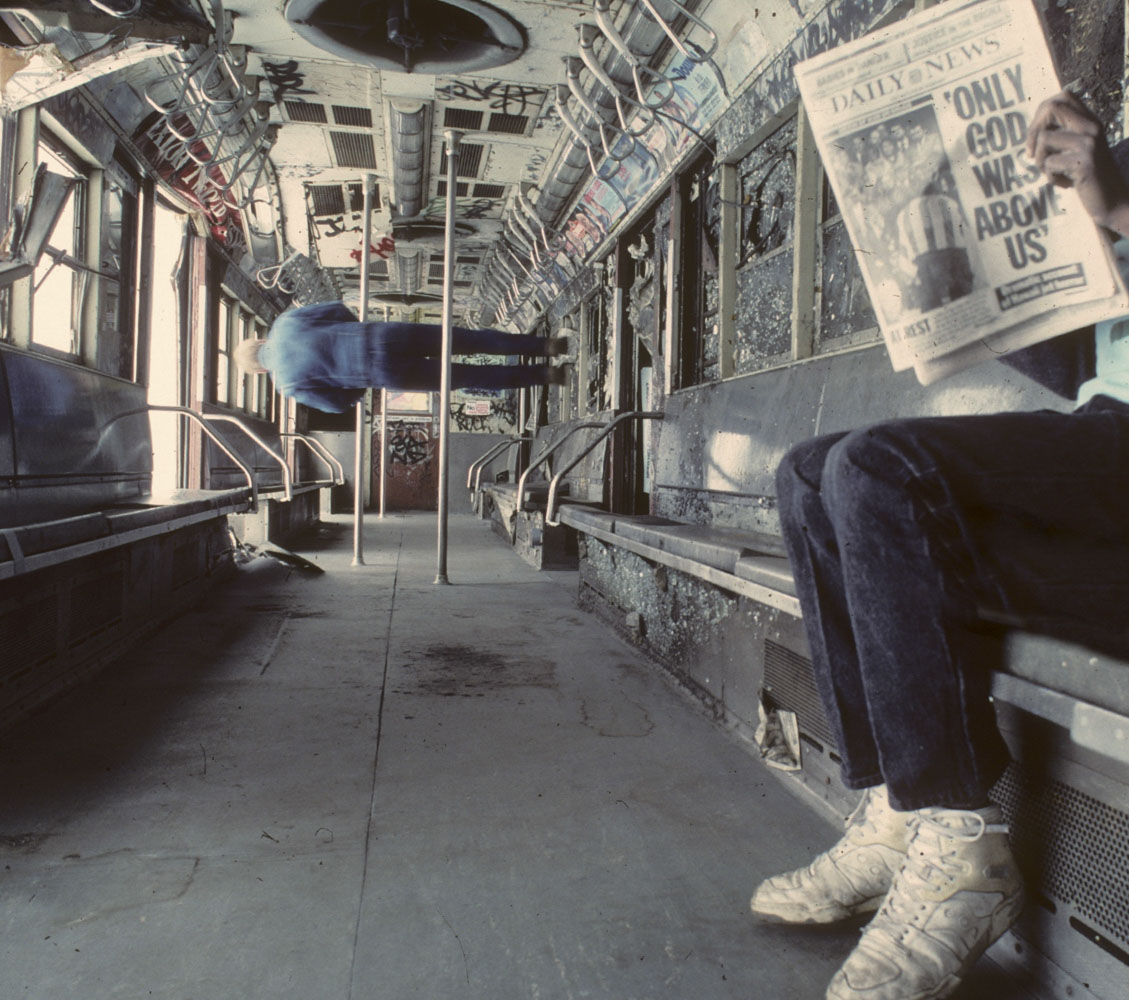
Subway Dream 115 / 34

Subway Doors 16 / 34

NY in the 80s 417 / 34

Coney Island 508 / 34

NY in the 80s 2269 / 34

NY in the 80s 3110 / 34

NY Subways 811 / 34

NY Subways 1212 / 34
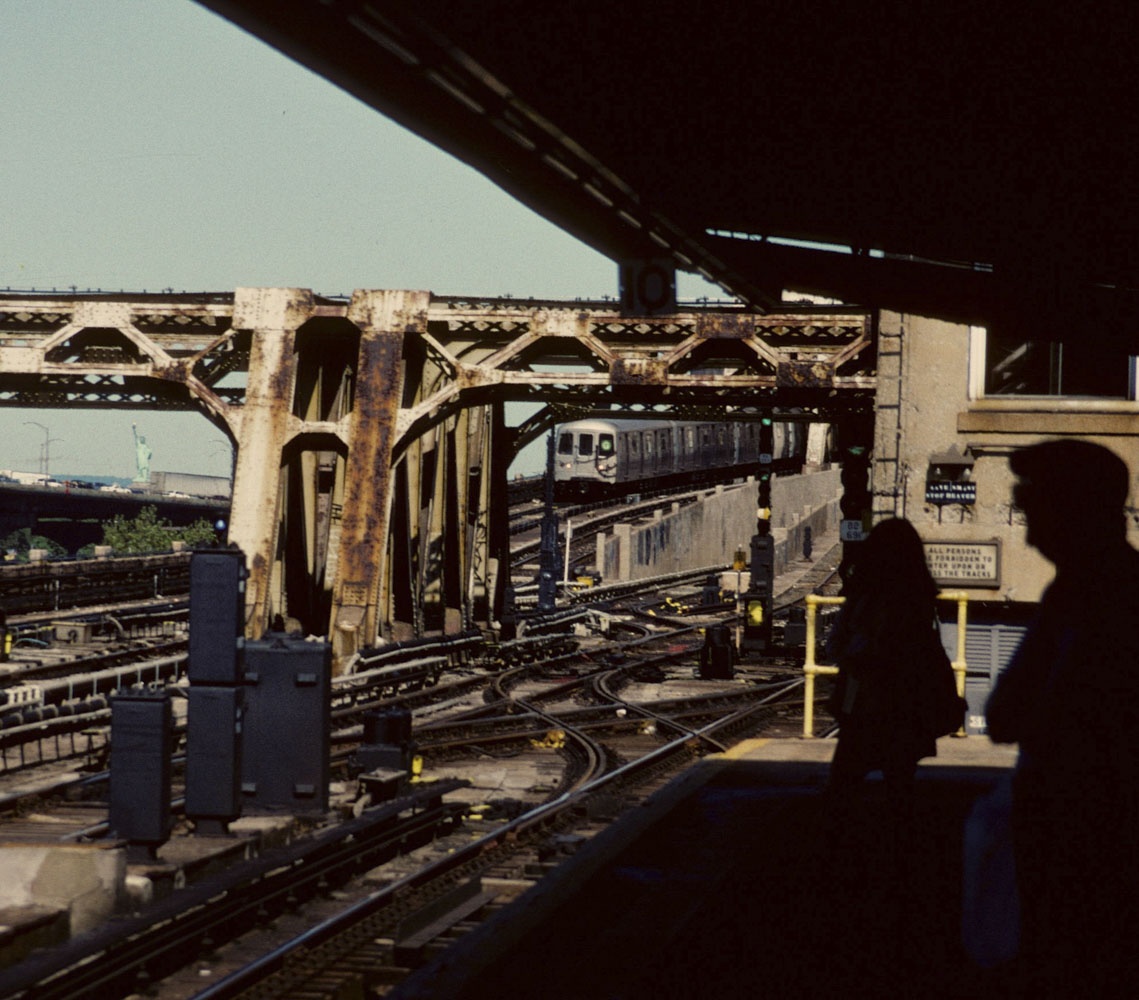
NY Subways 413 / 34

NY Subways 1014 / 34

NY in the 80s 65815 / 34

NY Subway 12116 / 34

Santacon 3017 / 34

Subway Dreamland 12518 / 34

NY Subway 14019 / 34

Subway Dreamland 17020 / 34

Subway Dreamland 18721 / 34

NY Subway 14122 / 34
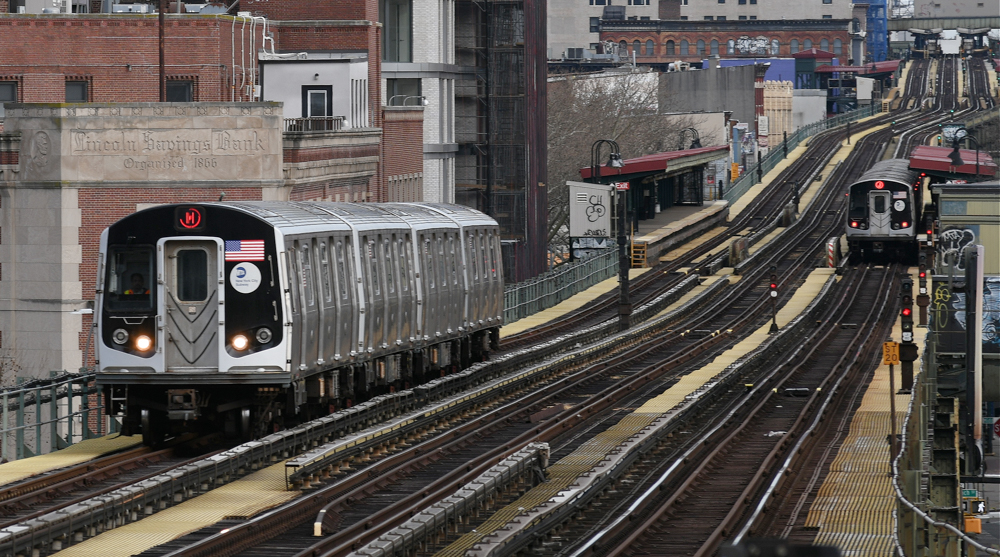
NY Subway 62423 / 34

Williamsburg Bridge 4924 / 34
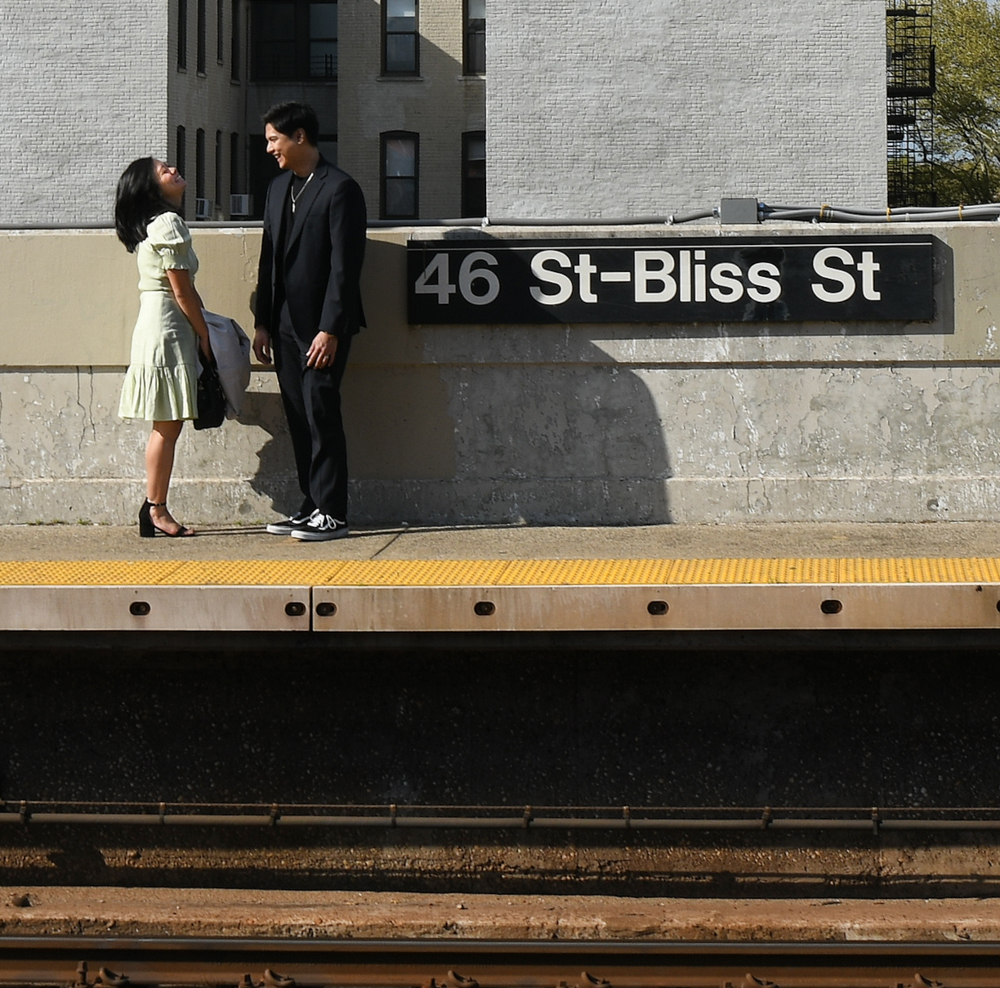
Bliss Street 225 / 34
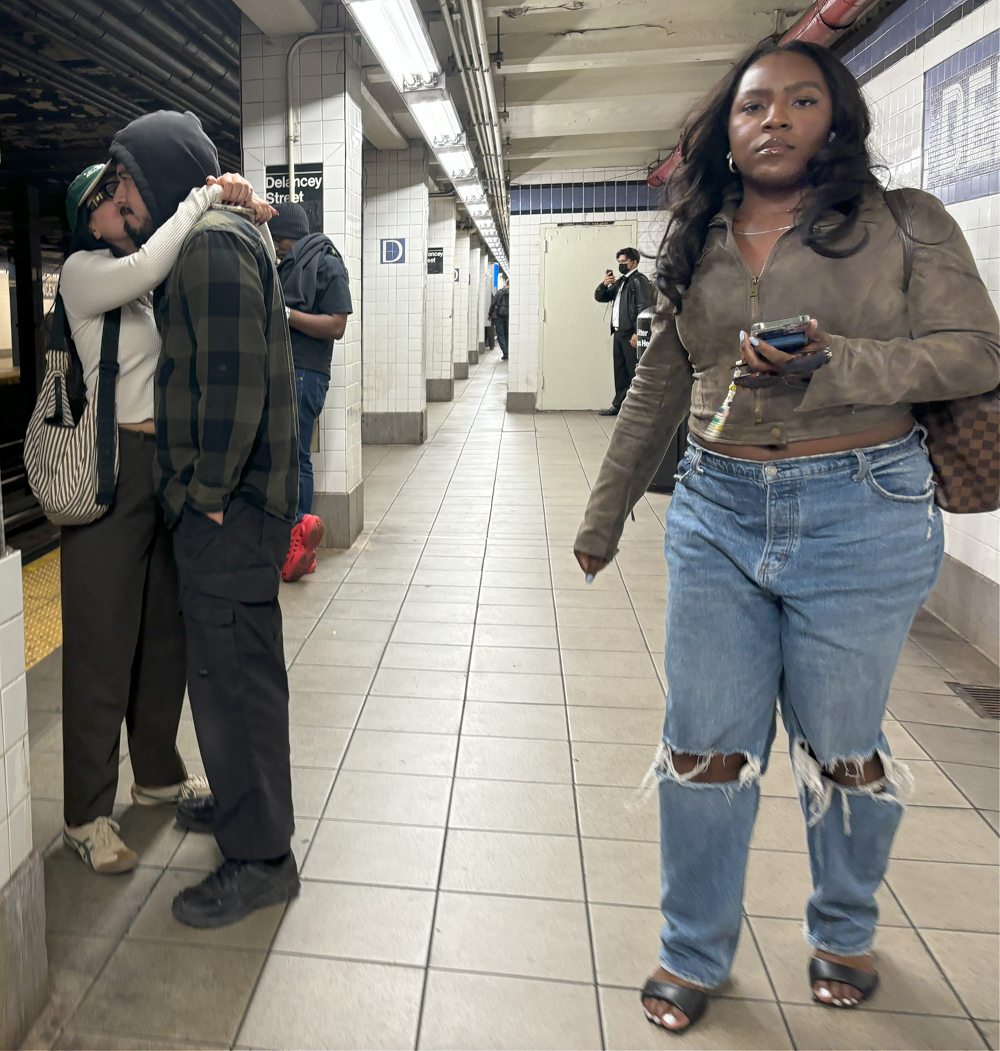
NY Subway 72126 / 34
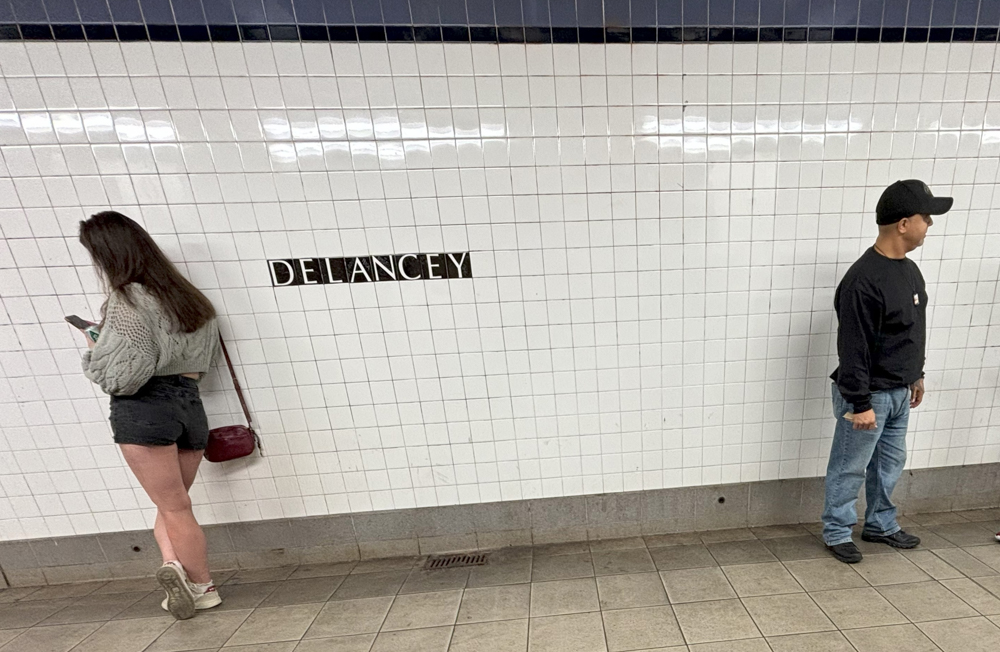
NY Subway 72227 / 34
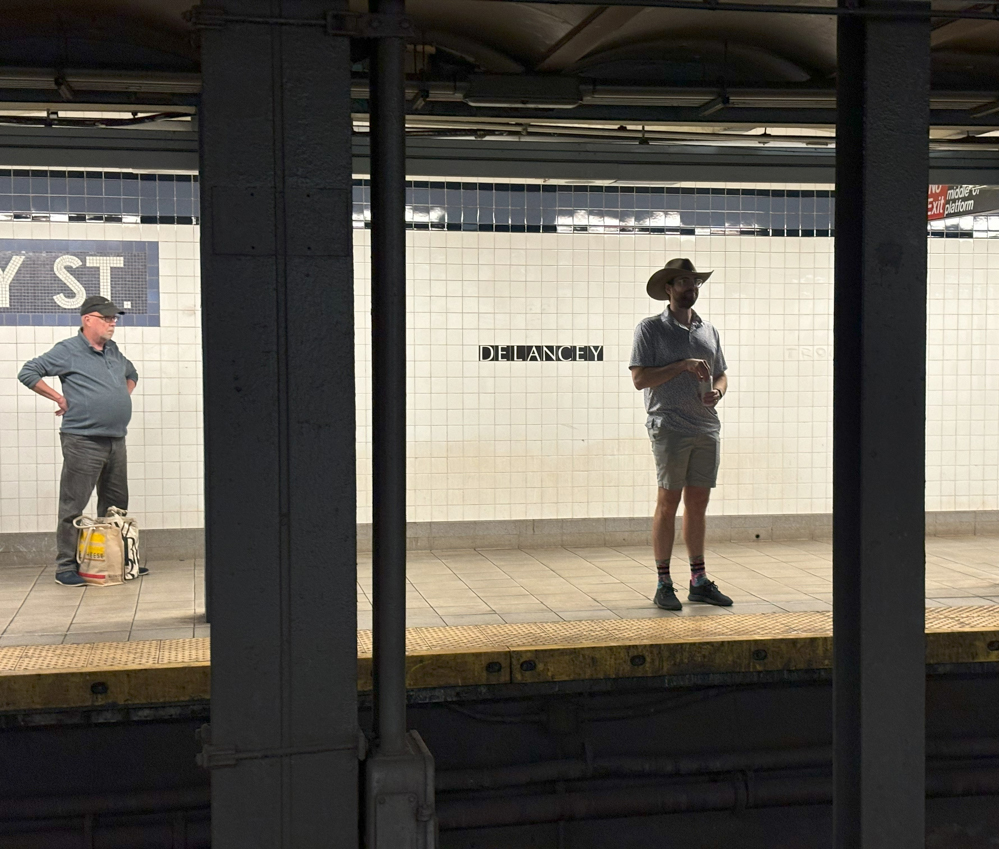
NY Subway 72328 / 34

NY Subway 75429 / 34
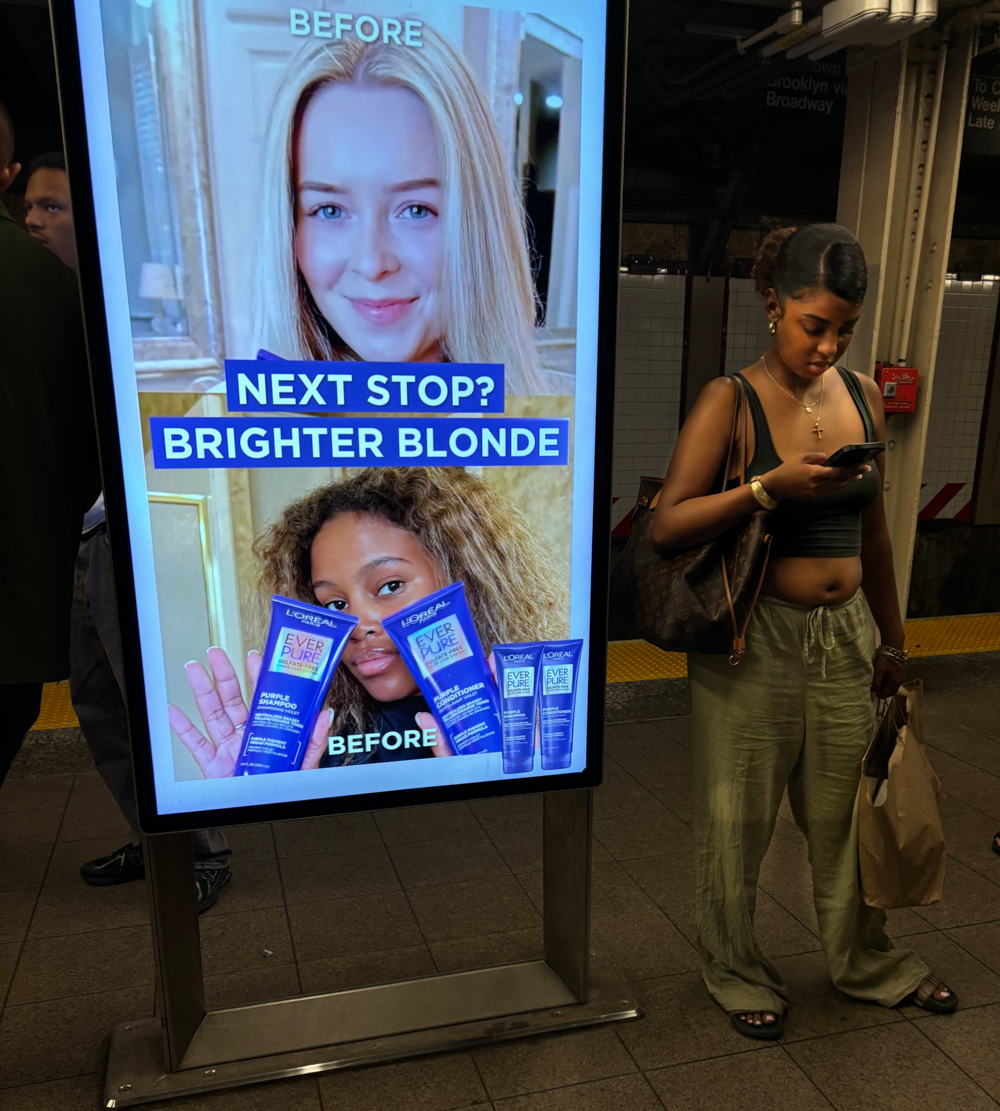
NY Subway 66530 / 34
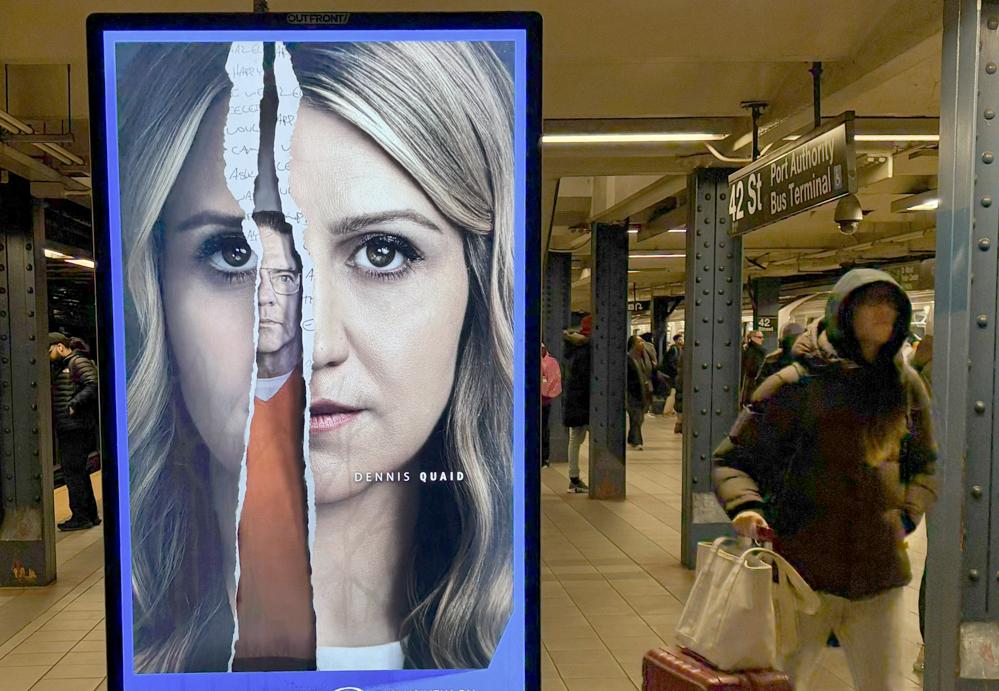
NY Subway 813A31 / 34
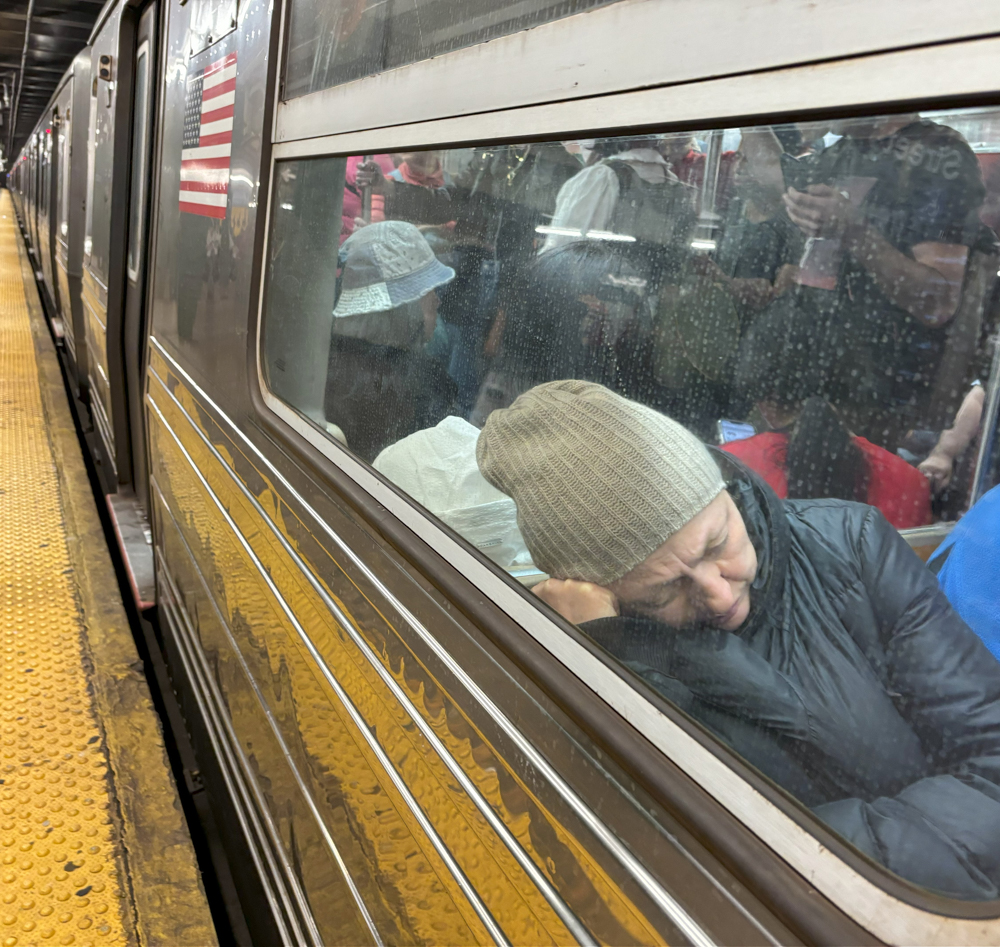
NY Subway 73232 / 34
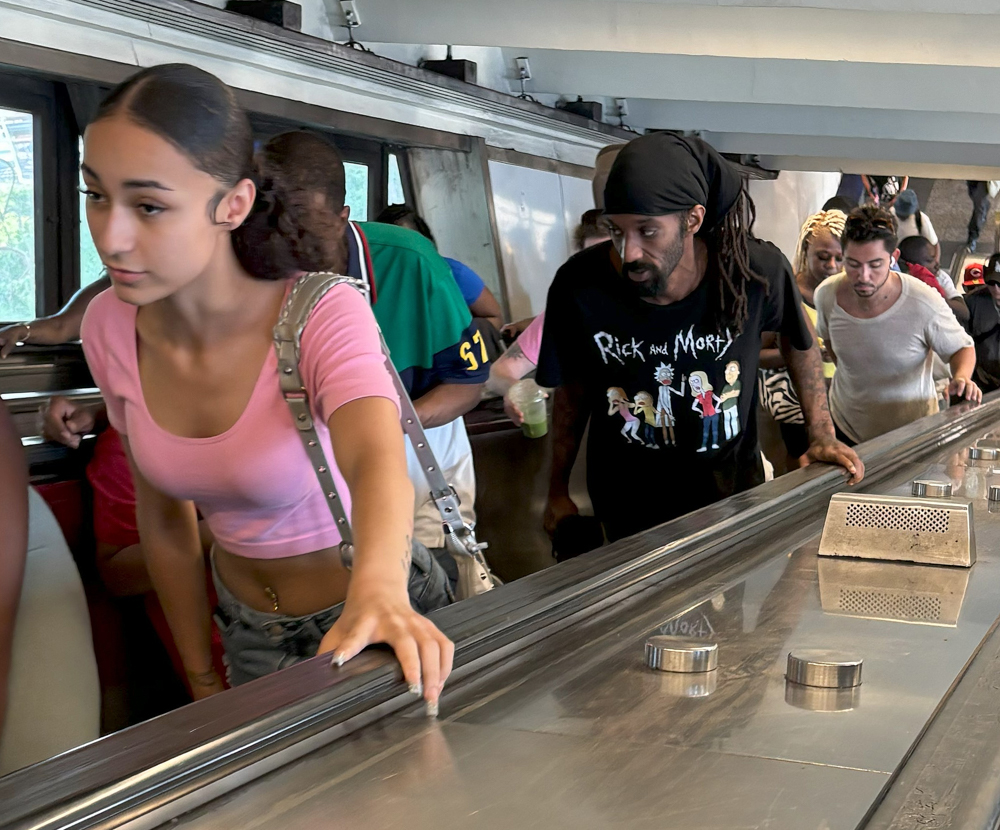
NY Subway 68333 / 34

NY Subway 74334 / 34
BACK TO TOP